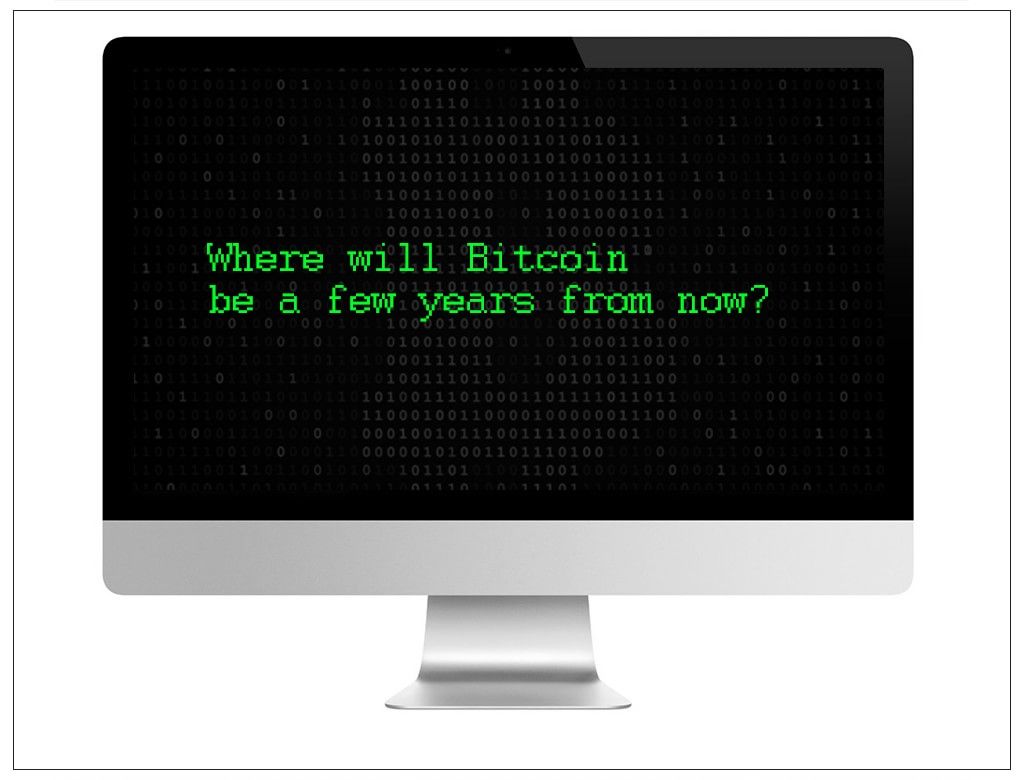The recently concluded Bitcoin & the Blockchain Summit in San Francisco on January 27 came up as a vivid source of both anxiety and inspiration. As speakers tackled Bitcoin’s technological limits and possible drawbacks that can be caused by impending regulations, Bitcoin advocate Andreas Antonopoulos lifted up everyone’s hope by discussing how bitcoins will eventually survive and flourish. He managed to do so with no graphics or presentations to prove his claim, just his utmost confidence and conviction that it really will no matter what.
On the currency being weak
There have been statements about Bitcoin’s technology surviving, but not the currency itself. Antonopoulos, however, argues that Bitcoin’s technology, network, and currency are interdependent with each other, which means that one element won’t work without the other. He said: “A consensus network that bases its value on the currency does not work without the currency.”
On why Bitcoin works
Antonopoulos underscores the fact that Bitcoin works because it is a dumb, transaction-processing network. Calling Bitcoin dumb is far from disparaging Bitcoin’s image as he actually thinks of this dumbness as Bitcoin’s true source of strength. According to him, it is a dumb network that supports smart devices, pushing all of the intelligence to the edge. It’s an innovation without permission.
On being 2014’s worst investment
Antonopoulos also argues that those who believe bitcoins to be a bad investment only considers the price when there are other equally important factors to be looked upon such as continuous investments and technological innovations.
For instance, 500 startups were created in 2014, which generated $500 million worth of investments and produced thousands of jobs, some portion from Bitcoin gambling. This was also the year that two remarkably genuine technologies were created, the multi-sig and hierarchal deterministic (HD) wallets.
On waiting for Bitcoin to flourish in 2017
Antonopoulos then stated with unwavering certainty: “Give us two years. Now what happens when you throw 500 companies and 10,000 developers at the problem? Give (it) two years and you will see some pretty amazing things in bitcoin.”
On mining updates
Meanwhile, mining for bitcoins prove to be more challenging than before. A Bitcoin mining facility in China, for instance, generates 4,050 bitcoins every month, which is equivalent to around $1.5 million, but not without repercussions and complexities. The entrepreneurs in the mining facility realize that as the level of difficulty and computing power increase, the ratio also gradually changes.
Typically, the entire mining procedure utilizes about 1,250 kilowatt-hours of electricity, putting the factory’s electricity bill to about $80,000 every month. Nowadays, their miners produce 20–25 bitcoins a day, significantly lesser compared with their previously 100 mined bitcoins per day.
On leaving a thought
The confidence for Bitcoin’s bright future has been regained, thanks to Antonopoulos’ contagious exhilaration and resolute belief in its potential. However, we can only wonder what the increasing difficulties in mining for bitcoins entail to the cryptocurrency’s overall performance and future, though Bitcoin’s unique features have been proven to be strong and resilient enough to surpass any challenges.



